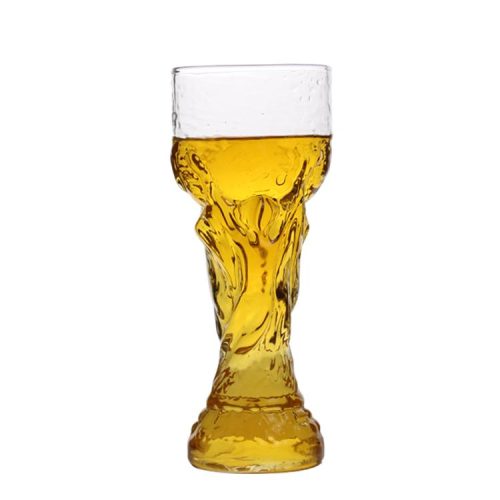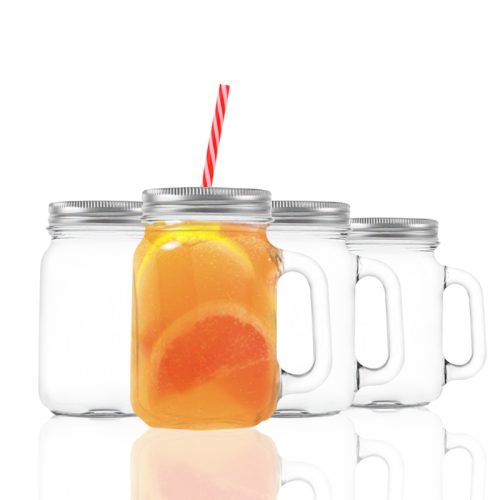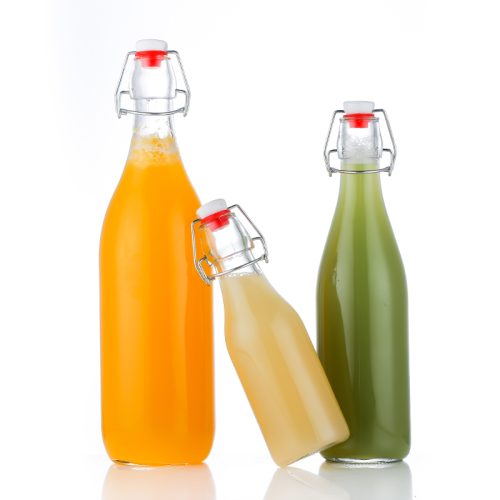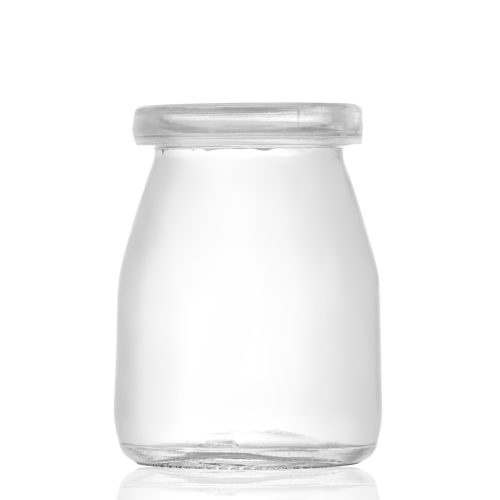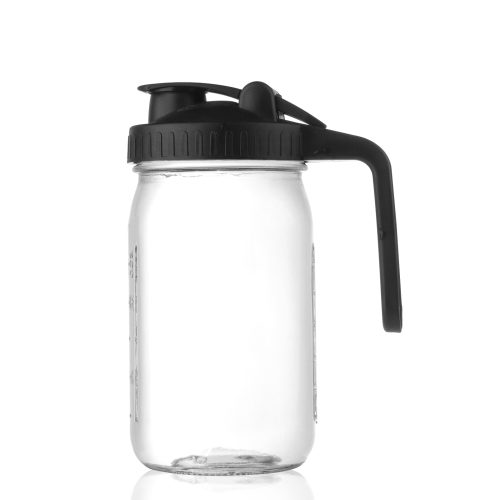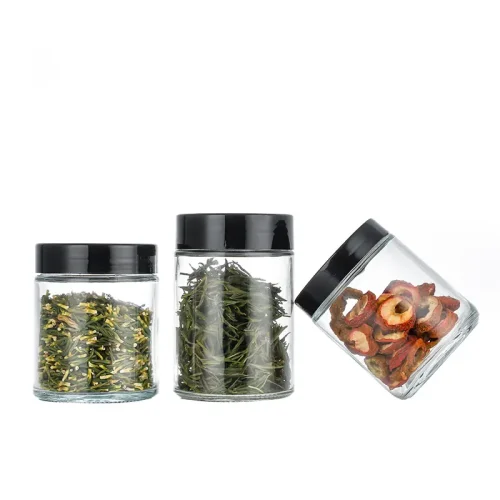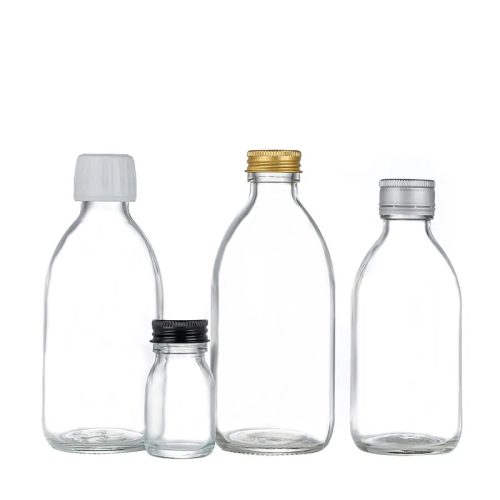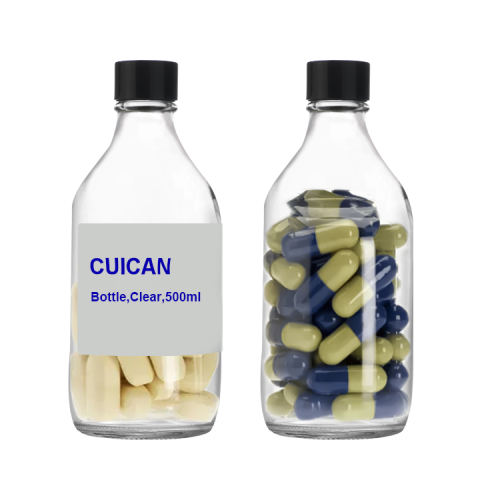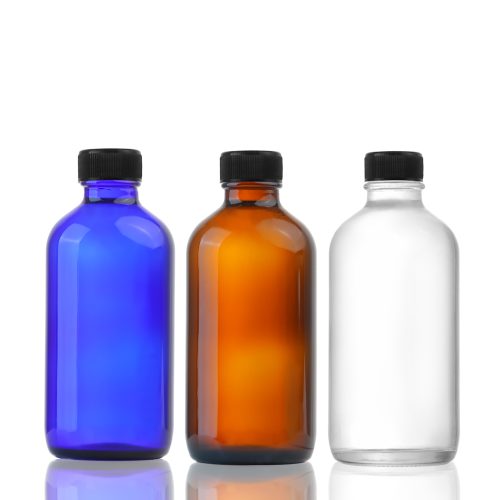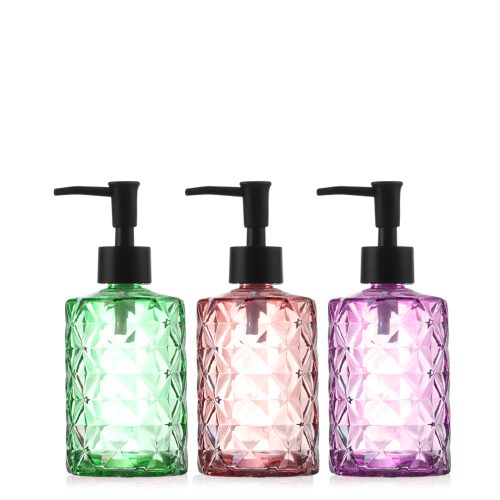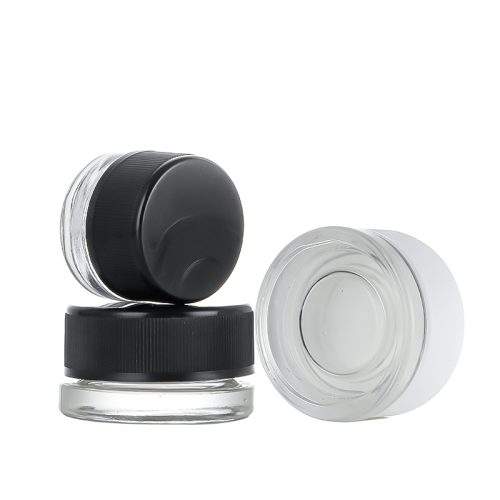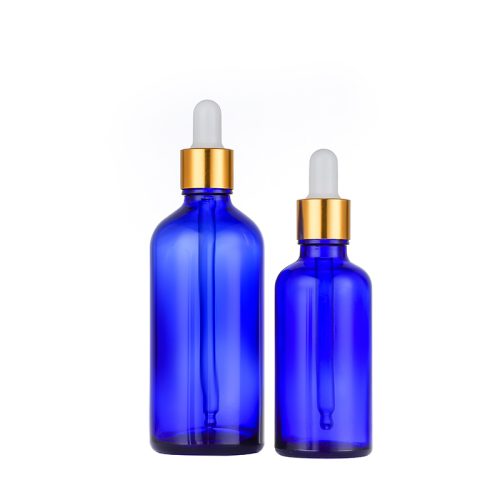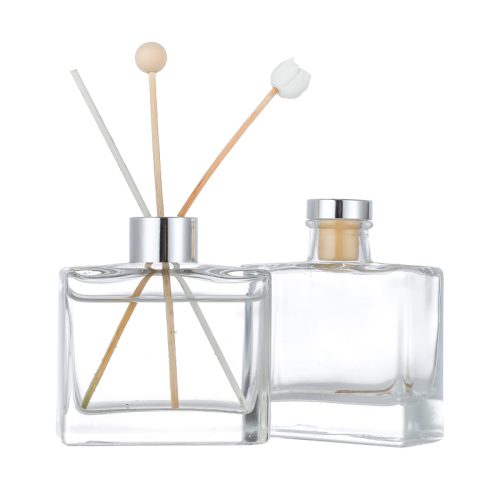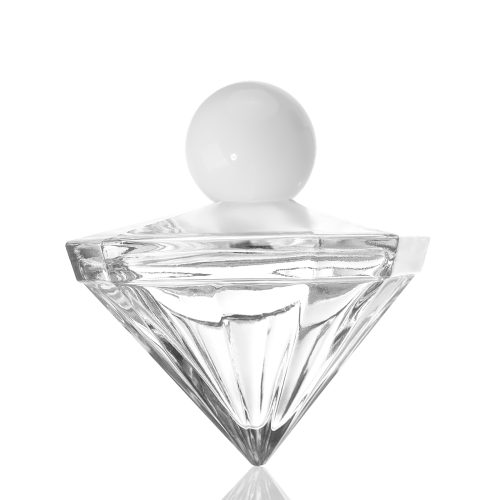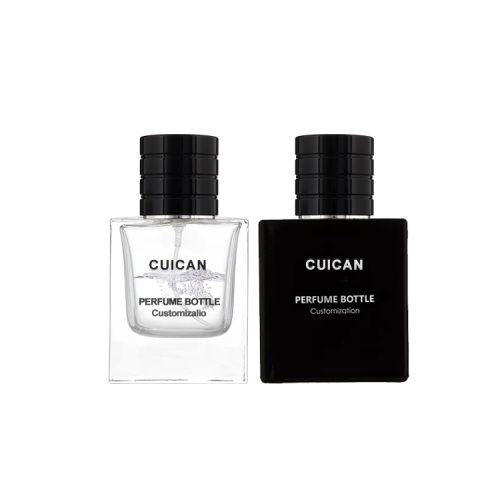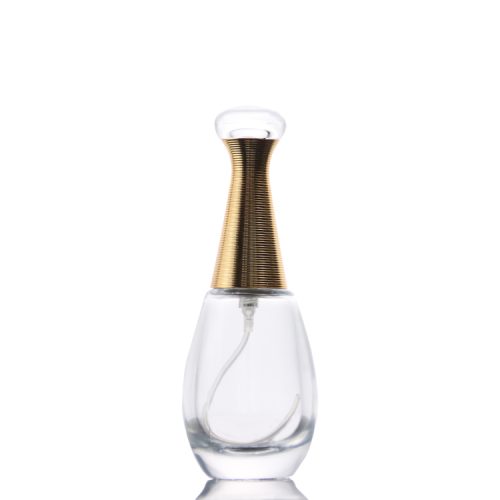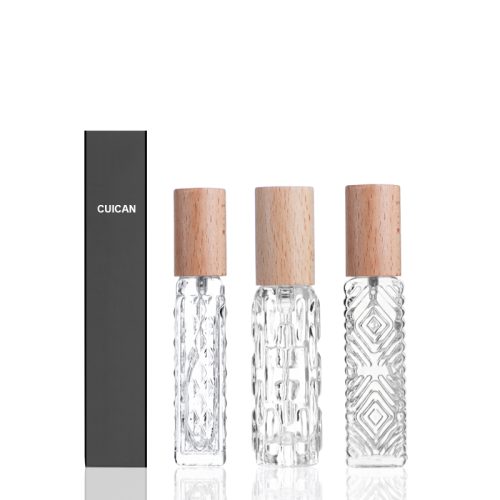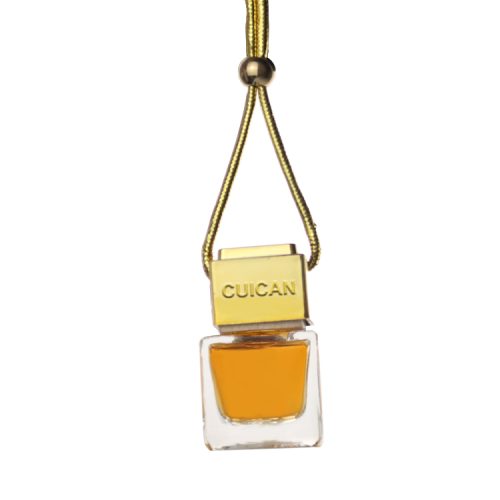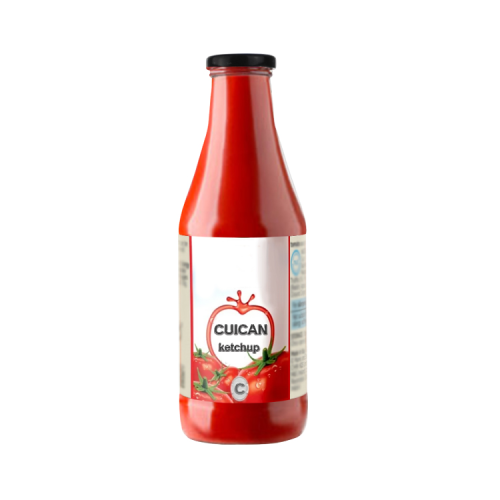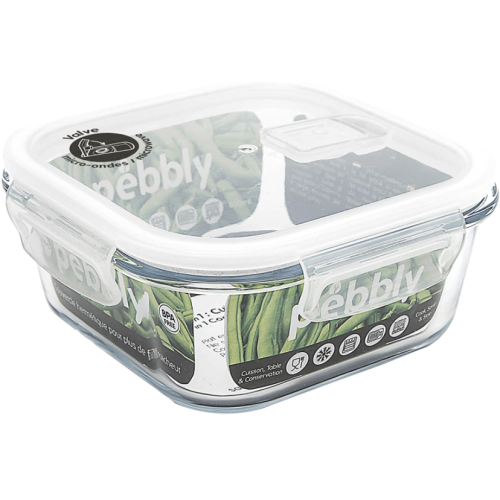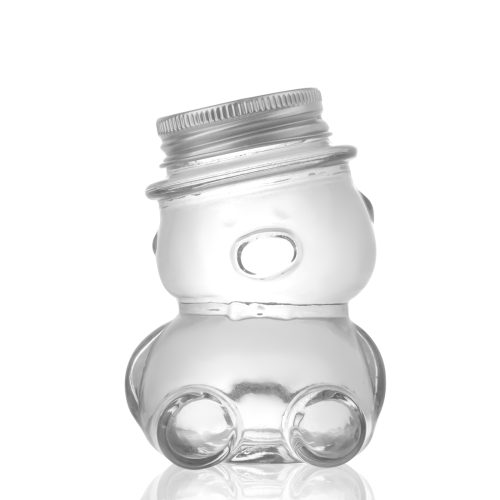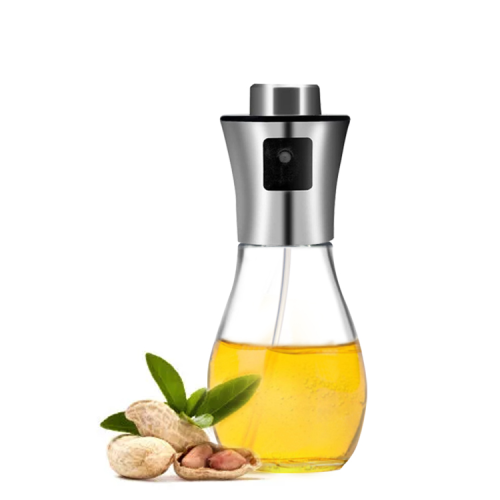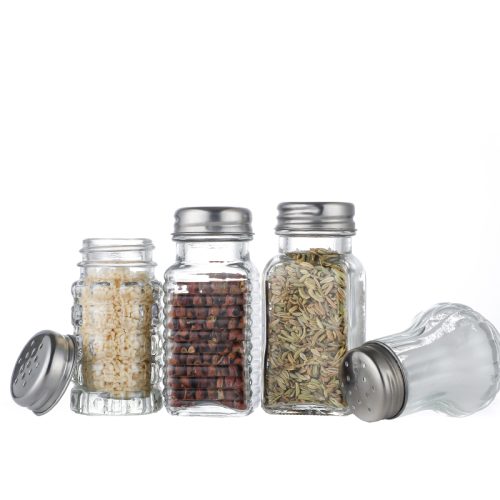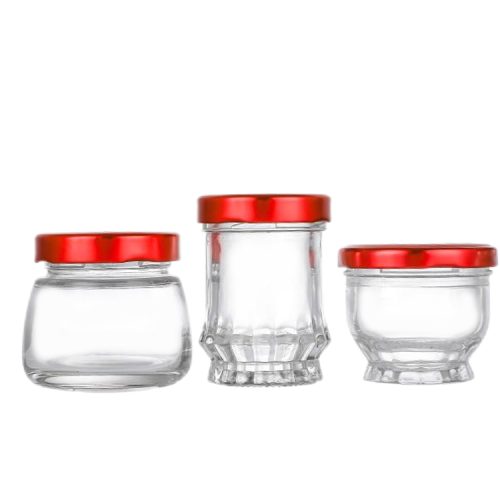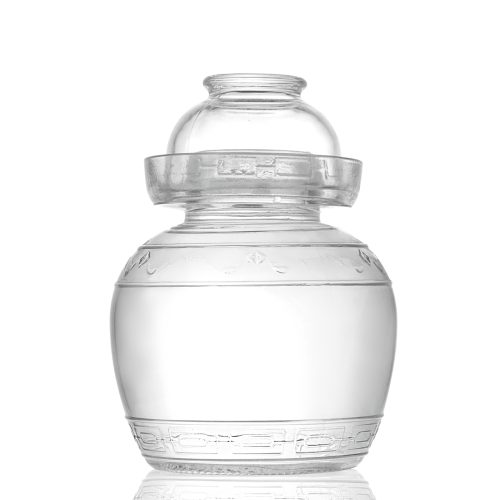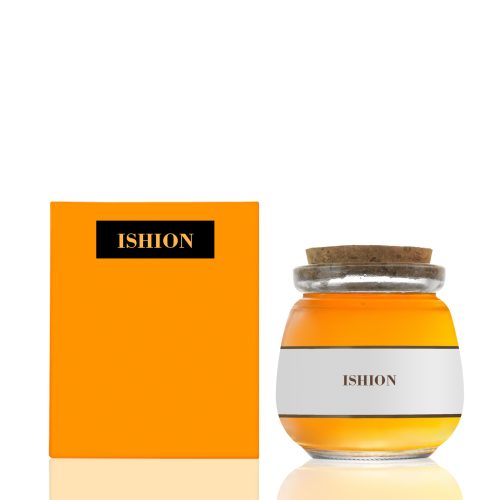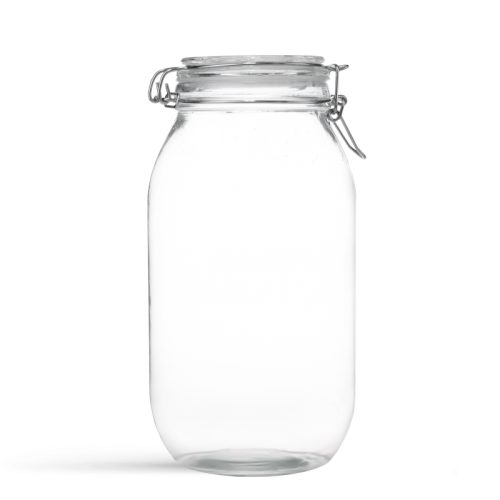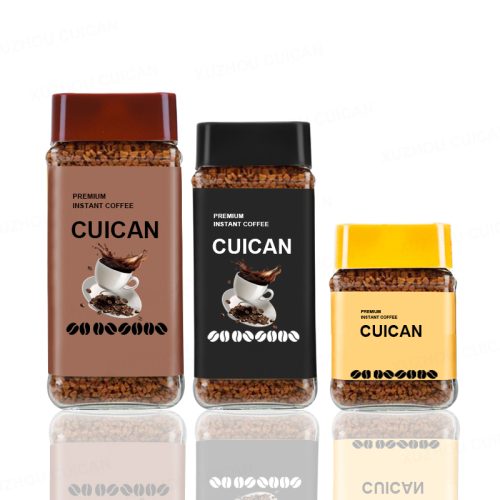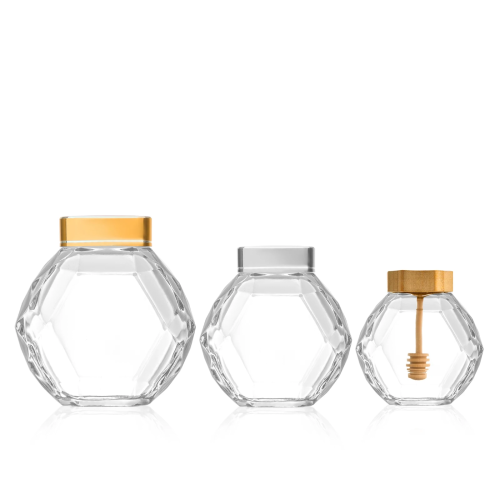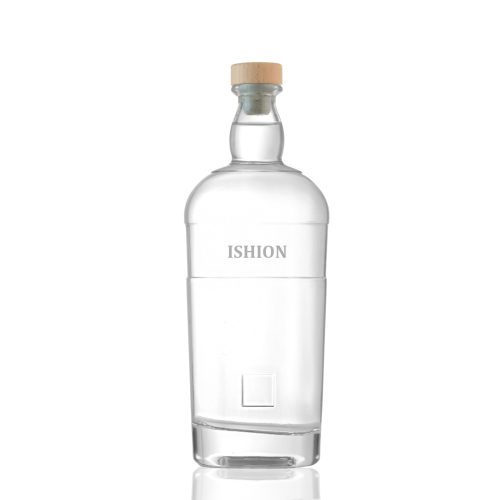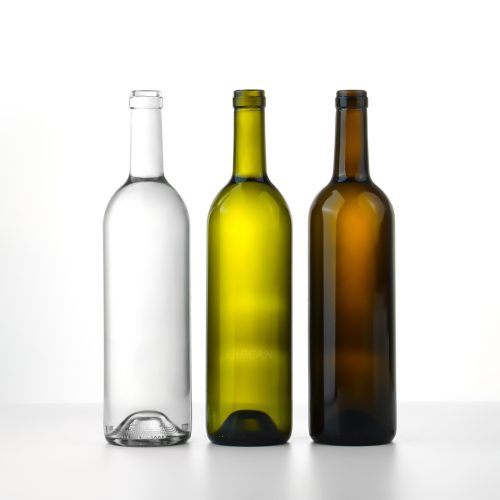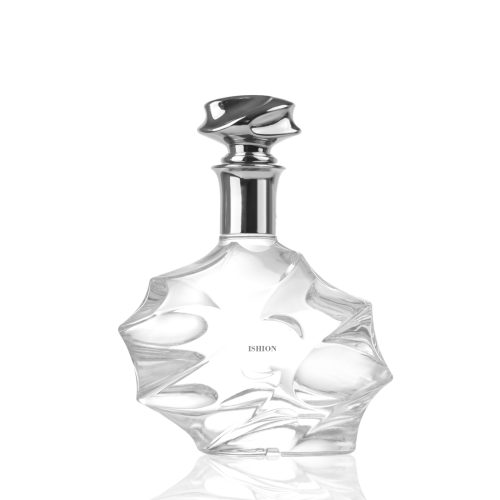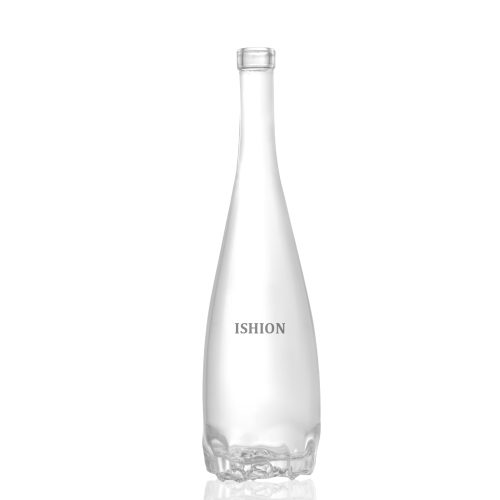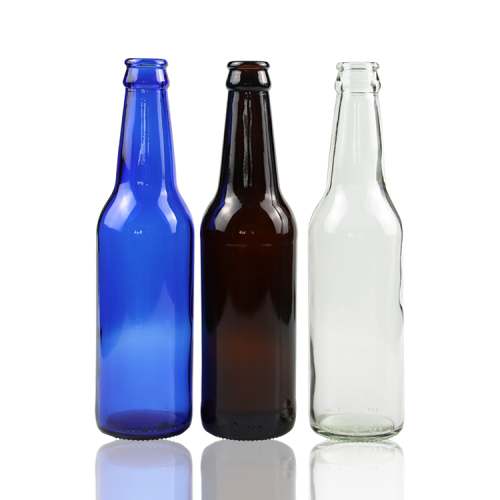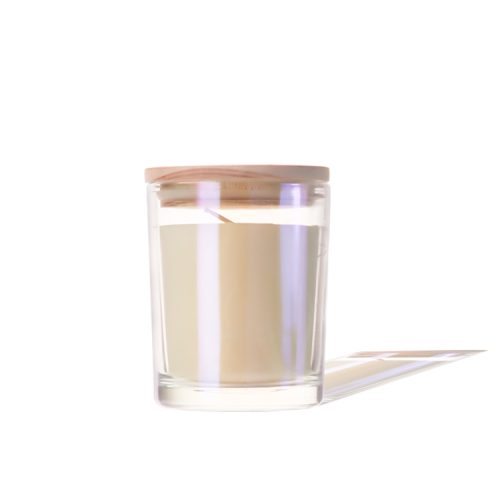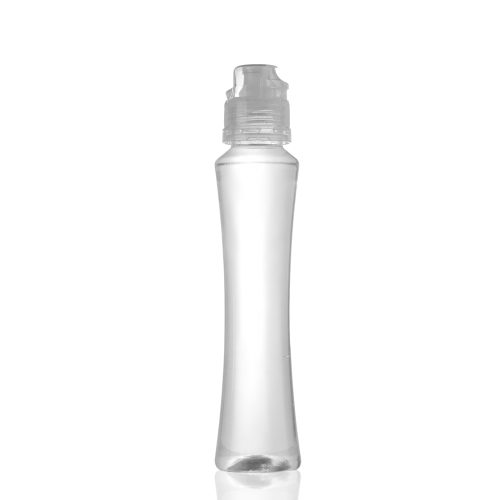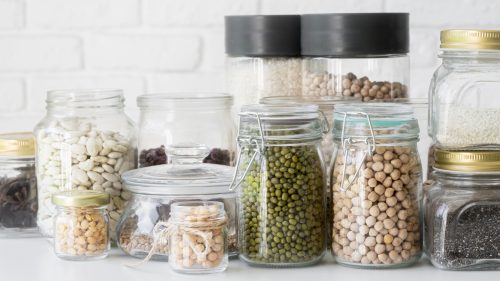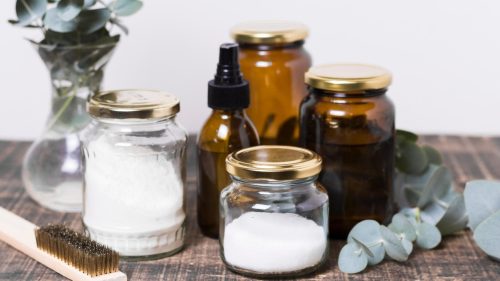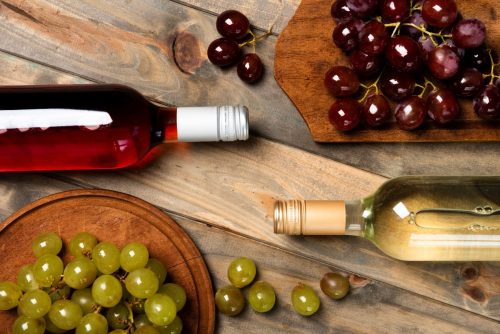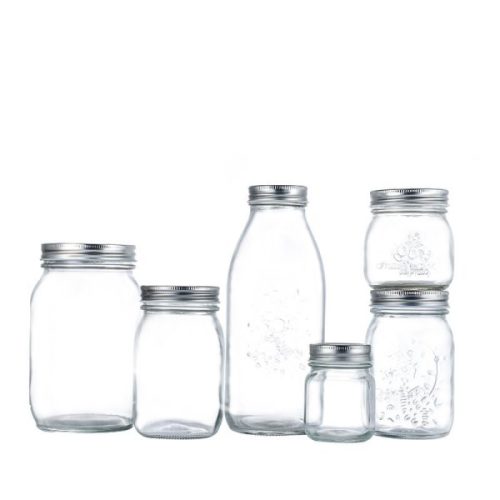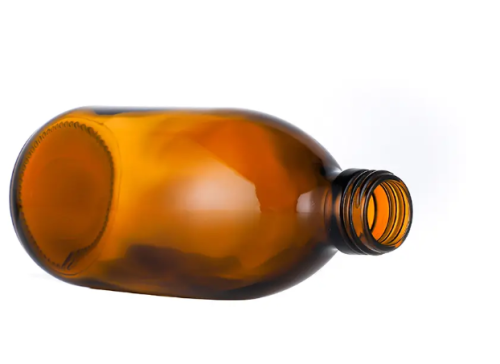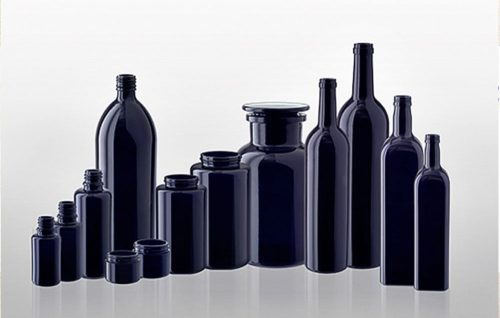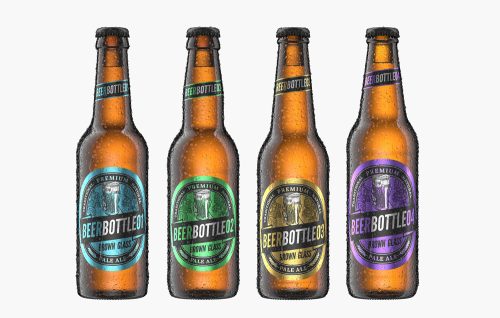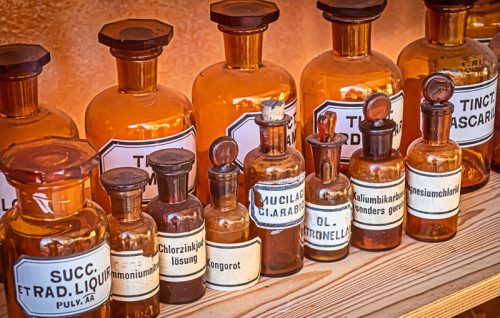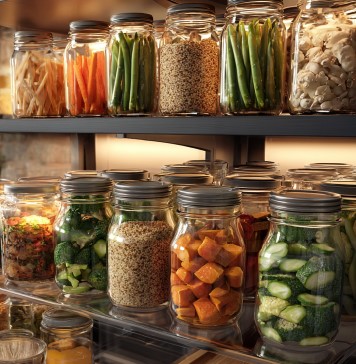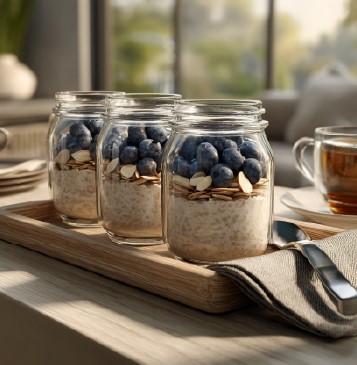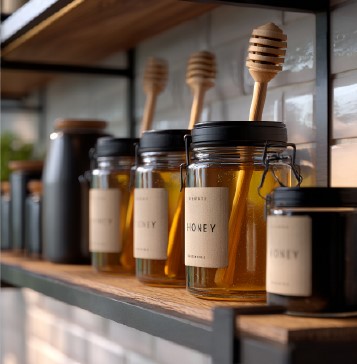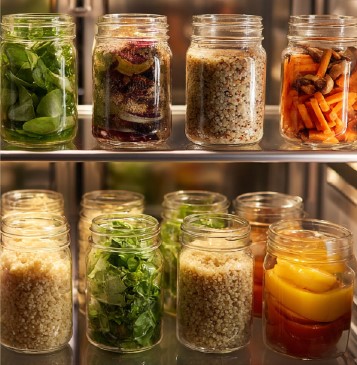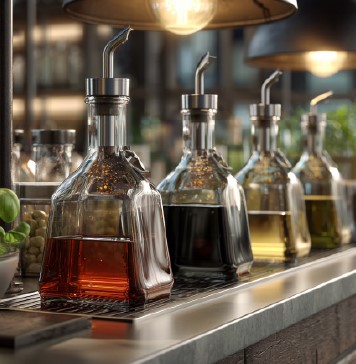-
Arabic
-
English
-
French
-
Malagasy
-
Portuguese
-
Russian
-
Spanish
-
Thai
Amber glass bottles are available in a variety of sizes and styles, making them a versatile packaging option for both personal and commercial use. From small dropper bottles to larger jugs, there’s an amber glass bottle that can meet your specific needs. The bottles can also be customized with different types of caps and lids, such as dropper tops or pump dispensers, to make them even more convenient to use. Whether you’re a small business owner or a DIY enthusiast, amber glass bottles are a great way to store and protect your light-sensitive products.
Table of contents packafill
1 History of Amber Glass Bottles
5 Recycling and Sustainability
6.1 What are the benefits of using amber glass bottles for storage?
6.2 How does the color of glass affect the preservation of contents?
6.3 What types of liquids are typically stored in amber glass bottles?
6.4 Are there any safety concerns associated with using amber glass bottles for baby products?
6.5 How do I choose the right closure type for my amber glass bottles?
6.6 Where can I find vintage amber glass bottles?
History of Amber Glass Bottles

Amber glass bottles have been in use for centuries. They have been used for various purposes, such as storing medicines, perfumes, and other liquids. The amber color of the glass is due to the presence of iron and manganese in the glass. The color also helps to protect the contents of the bottle from light, which can cause degradation.
Amber glass bottles were first used in ancient Egypt and Rome. They were used to store perfumes, oils, and other liquids. The bottles were made by blowing glass into molds, which gave them their unique shapes. The glass was then heated to a high temperature to make it strong and durable.
In the Middle Ages, amber glass bottles were used to store medicines. The bottles were often decorated with intricate designs and patterns, which made them highly prized possessions. During this time, the art of glassblowing became more refined, and glass bottles became more widely available.
In the 19th century, amber glass bottles became more popular as the demand for medicines increased. The bottles were used to store everything from cough syrups to painkillers. They were also used to store chemicals and other liquids. The bottles were often embossed with the name of the manufacturer, which made them easy to identify.
Today, amber glass bottles are still used for a variety of purposes. They are commonly used to store essential oils, perfumes, and other liquids. They are also used in the pharmaceutical industry to store medicines and other chemicals. The unique color and design of amber glass bottles make them a popular choice for collectors and enthusiasts alike.
Manufacturing Process

Raw Materials
The manufacturing of amber glass bottles starts with the collection of raw materials. The primary ingredients used in the production of glass bottles are sand, soda ash, limestone, and cullet. Cullet is recycled glass that is added to the mixture to aid in the melting process. The sand used in glass production must be of high quality and free of impurities to ensure the final product is of good quality. The soda ash lowers the melting point of the sand, while the limestone helps to stabilize the mixture.
Melting and Molding
Once the raw materials have been collected, they are mixed and heated to high temperatures in a furnace. The temperature in the furnace can reach up to 1700 degrees Celsius. When the mixture reaches a molten state, it is ready to be molded. The two most common techniques used in the molding process are press-and-blow molding and blow-and-blow molding.
In press-and-blow molding, a plunger is used to press the molten glass into a mold. The glass is then blown to the desired shape. In blow-and-blow molding, a stream of compressed air is used to blow the molten glass into a mold. The mold is then removed, and the glass is allowed to cool.
Annealing
After the glass has been molded, it is placed in an annealing oven to cool slowly. The annealing process is critical to the strength and durability of the glass. If the glass cools too quickly, it can become brittle and break easily. The annealing process can take anywhere from a few hours to several days, depending on the size and thickness of the glass.
Overall, the manufacturing process of amber glass bottles is a complex and precise process. The quality of the final product depends on the quality of the raw materials used, the precision of the molding process, and the effectiveness of the annealing process.
Benefits of Amber Glass

If you’re looking for a reliable and eco-friendly packaging option, amber glass bottles are a great choice. Here are some of the benefits of using amber glass bottles:
UV Protection
Amber glass bottles are known for their ability to block out UV rays. This is especially important for products that are sensitive to light, such as essential oils and pharmaceuticals. The amber color of the glass helps to filter out harmful UV rays, which can degrade the quality of the product over time. In fact, studies have shown that amber glass bottles can block up to 99% of UV-B and UV-A rays, ensuring that your valuable products remain unaffected by light-induced degradation.
Chemical Resistance
Amber glass bottles are also resistant to chemical corrosion, making them ideal for storing products that are acidic or alkaline in nature. The glass is non-reactive, which means that it won’t interact with the contents of the bottle and affect their quality. This is important for products that need to maintain their potency and effectiveness over time.
Durability
Amber glass bottles are also durable and long-lasting. They are made from high-quality glass that is resistant to breakage and cracking. This makes them a great choice for products that need to be shipped or transported over long distances. Additionally, amber glass bottles are reusable and recyclable, making them an eco-friendly choice for packaging.
Overall, amber glass bottles are a great choice for anyone looking for a reliable and eco-friendly packaging option. With their UV protection, chemical resistance, and durability, they are a versatile and practical choice for a wide range of products.
Common Uses

Amber glass bottles are versatile and can be used in a variety of industries. Here are some common uses for amber glass bottles:
Pharmaceuticals
Pharmaceutical companies often use amber glass bottles to store medications, vitamins, and supplements. Amber glass provides UV protection, which helps to preserve the integrity and potency of light-sensitive drugs. The dark color of the glass also helps to prevent the breakdown of certain medications that can occur when they are exposed to light. Additionally, amber glass bottles are reusable, making them an environmentally-friendly choice for pharmaceutical companies.
Beverages
Amber glass bottles are commonly used to store beer, wine, and other alcoholic beverages. The dark color of the glass helps to prevent light from penetrating the bottle, which can cause the beverage to spoil or become “skunky”. Amber glass bottles are also a popular choice for homebrewers, as they can be reused and are easy to clean.
Essential Oils
Amber glass bottles are the preferred choice for storing essential oils. Essential oils are highly concentrated and can be damaged by light and heat. Amber glass provides UV protection, which helps to preserve the quality and potency of the oils. Additionally, the dark color of the glass helps to prevent the oils from breaking down and losing their therapeutic properties.
Overall, amber glass bottles are a popular choice for industries that require UV protection and a durable, reusable container.
Recycling and Sustainability
When it comes to sustainability, amber glass bottles are an excellent choice. Glass is 100% recyclable, and recycling one glass bottle saves enough energy to power a computer for 25 minutes [1]. Recycling glass reduces the space needed for landfills, where waste can take over a million years to decompose. Moreover, the glass recycling process is a closed-loop system, meaning it can be repeated indefinitely without loss of quality or purity.
Recycling amber glass bottles is straightforward. You can leave the label/foil on, but many recycling programs prefer that you remove them. Do your best to not break glass bottles, as there is no market for recycling broken glass [2]. Broken glass can also be hazardous to workers and cause damage to recycling equipment.
Glass bottles and jars can be recycled, but only if they are clear, green, or amber. However, the rules for recycling vary depending on where you live [3]. It’s essential to check with your local recycling program to ensure you’re following the correct guidelines.
In addition to being recyclable, amber glass bottles are also reusable. After cleaning and sterilizing them, you can use them to store liquids or dry goods. Reusing glass bottles reduces the need for new glass to be produced, which saves energy and resources.
Overall, amber glass bottles are an excellent choice for those who prioritize sustainability. They are 100% recyclable, reusable, and can be recycled indefinitely without loss of quality or purity. By recycling and reusing amber glass bottles, you can help reduce the environmental impact of packaging waste.
Frequently Asked Questions
What are the benefits of using amber glass bottles for storage?
Amber glass bottles are a popular choice for storage because they offer protection against harmful UV light. The amber color of the glass absorbs most of the light wavelengths under 450 nm, which makes it an ideal choice for products that are light-sensitive. Additionally, amber glass bottles are reusable, eco-friendly, and can be easily recycled.
How does the color of glass affect the preservation of contents?
The color of glass can affect the preservation of contents by offering protection against light. Clear glass bottles allow light to penetrate, which can cause degradation of the contents over time. Amber glass bottles, on the other hand, absorb harmful UV light, protecting the contents from degradation. Blue glass bottles offer similar protection, but to a lesser extent than amber glass.
What types of liquids are typically stored in amber glass bottles?
Amber glass bottles are commonly used for storing essential oils, tinctures, medicines, and other light-sensitive liquids. They are also used for storing beer, wine, and other alcoholic beverages that are sensitive to light.
Are there any safety concerns associated with using amber glass bottles for baby products?
Amber glass bottles are generally safe for storing baby products, such as breast milk or formula. However, it is important to ensure that the bottles are made from high-quality glass and that they are properly sterilized before use. It is also important to choose a closure type that is safe for use with baby products.
How do I choose the right closure type for my amber glass bottles?
The closure type you choose for your amber glass bottles will depend on the type of liquid you are storing and how you plan to use the bottle. Some common closure types include screw caps, droppers, and sprayers. Screw caps are ideal for storing liquids that need to be tightly sealed, while droppers and sprayers are ideal for dispensing liquids in small amounts.
Where can I find vintage amber glass bottles?
Vintage amber glass bottles can be found at antique stores, flea markets, and online marketplaces. It is important to ensure that the bottles are in good condition and that they are made from high-quality glass before purchasing. Additionally, it is important to research the history of the bottle to ensure that it is safe for use.









